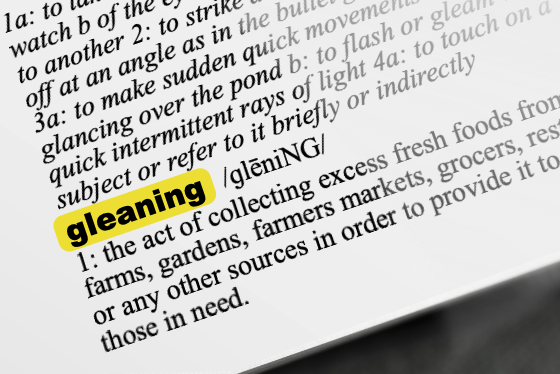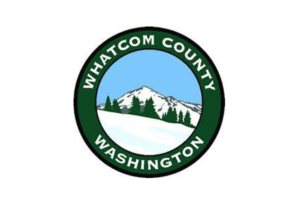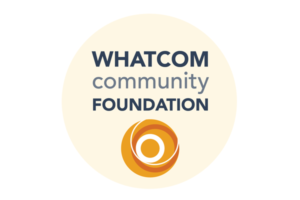Gleaning is simply the act of collecting excess fresh foods from farms, gardens, farmers markets, grocers, restaurants, or any other source to provide them to those in need. In ancient times, farmers would leave portions of their fields unharvested so that the poor could gather what remained. This practice was both a social welfare measure and a moral obligation, reflecting a community’s commitment to caring for its vulnerable members.
The EPA estimates that one-third of food produced in the U.S. is wasted, and food waste makes up 24% of landfilled material. The rising popularity of gleaning has evolved into a structured activity to systematically collect and distribute surplus food and minimize waste.
How Gleaning Works
While farms continue to play an important role in gleaning, numerous other methods exist to collect excess fresh, prepared, and shelf-stable food for redistribution.
-
- Farms: It is estimated that more than 10 billion pounds of produce grown is never harvested (Association of Gleaning Organizations). Farmers can enable gleaners to collect surplus produce from fields that would otherwise go to waste due to cosmetic imperfections, leftovers from mechanical harvesting, or an abundance of crops during peak harvest seasons.
- Community Gardens: These shared spaces often produce more than the gardeners can consume, creating opportunities for gleaning.
- Farmers Markets: At the end of the day, vendors often have leftover items. Rather than letting these perishables go to waste, they can be gleaned and redistributed.
- Grocers: They are known to donate goods approaching their sell-by date that are still safe to eat but may not be sold in time.
- Restaurants: These establishments, along with other large events, often have food that was prepared but not served, which remains fresh and safe for consumption.
- Food Manufacturers: They contribute to gleaning programs when overproduction, cosmetic imperfections, and test batches lead to surplus food.
Benefits of Gleaning
Gleaning meets many community needs, including—but not limited to—reducing food loss, providing access to fresh produce, and building connections.
-
- Reduces Food Waste: Gleaning helps mitigate food waste by ensuring that edible produce is not discarded. By recovering food that would otherwise be left to rot, gleaning reduces organic waste in landfills and lowers greenhouse gas emissions.
- Improves Food Access: Fresh produce is often the first to be eliminated from the diets of those experiencing food insecurity due to cost. Gleaning provides these individuals access to healthy, nutritious food that they might not be able to afford otherwise.
- Supports Local Agriculture: By partnering with gleaning organizations, farmers can reduce waste without the added labor and cost of harvesting surplus crops. This can foster a positive community relationship and highlight the farmer’s commitment to reducing food waste.
- Community Building: Gleaning projects often unite diverse groups, fostering community spirit and a shared sense of purpose. This can strengthen local networks and create a more resilient community.
Considerations
Ensuring that gleaning efforts are sustainable in the long term requires continuous community engagement, funding, and support from local governments and businesses. Farmers and gleaning organizations must navigate food safety regulations and liability issues, although the Good Samaritan Food Donation Act in the U.S. provides some protection for food donors.
Efficiently collecting, transporting, and storing gleaned food can be difficult. Solutions include organizing volunteer networks and establishing partnerships with local businesses for transportation and storage. The gleaned products are usually distributed by food banks, soup kitchens, and other food access organizations with established outlets to ensure the food reaches vulnerable populations who might not otherwise have access to it.
Current Programs
Gleaning is a powerful tool in the fight against food waste and food insecurity. By bridging the gap between surplus food production and the needs of vulnerable populations, gleaning can help create a more sustainable and equitable food system. New Venture Advisors is affiliated with organizations like Good Food Collective that turns gleaned produce into consumer packaged foods, Foodshed Alliance that runs a successful gleaning program LocalShare, Douglas County (KS) that prioritized gleaning in its food system plan, and The Food Basket that operates Kōkua Harvest, a program that harvests and distributes excess produce to low-income communities throughout Hawaiʻi Island as part of their food bank operations.
We are glad to see gleaning programs continue to develop as they play a key role in sustaining a thriving local and regional food system, as they have since ancient times.



